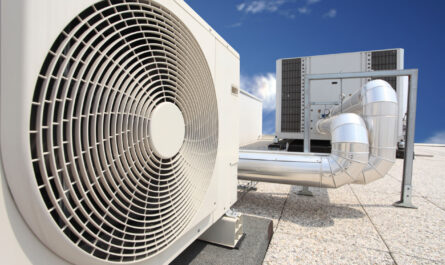Types of Earphones and Headphones
There are different types of earphones and headphones available in the market based on their design and features. Some of the main types are:
In-ear earphones: Also known as earbuds, these tiny earphones fit inside the ear canal. They come with multiple sized silicone tips or rubber buds to get a comfortable and secure fit. Due to their compact size, in-ear earphones are very portable and convenient to carry around. However, they may not provide the best sound isolation.
On-ear headphones: On-ear headphones rest on top of the ear as opposed to going inside or around it. Earphone And Headphone They have soft earpads that cushion the ears for comfort. On-ear models are lighter in weight than over-ear headphones but may not be as comfortable for extended listening sessions.
Over-ear headphones: With large circular or oval earcups, over-ear headphones completely surround the ears. They provide noise isolation by sealing out external sounds. Over-ear headphones distribute weight well for comfort. However, they are bulkier and may not be as portable as other types.
Wireless earphones/headphones: Wireless models don’t require wires or cables to connect to audio devices. They use Bluetooth to wirelessly stream audio from phones, computers or other sources within a given range. While wireless earphones/headphones offer cable-free freedom of movement, their battery life is limited.
Noise Cancelling Headphones: Special noise cancelling headphones use active noise control technology involving microphones and anti-noise sound waves to block out ambient noises. They are more expensive than regular headphones but provide an immersive listening experience by reducing surrounding distractions.
Audio Quality and Features
The quality of sound and additional features also differ across earphones and headphones. Some factors that impact audio quality include:
Driver Size and Type: Larger drivers (the part that converts electrical signal to sound waves) generally produce louder and richer sound. Dynamic drivers are common but planar magnetic, electrostatic and piezoelectric drivers also exist with their own characteristics.
Frequency Response: How faithfully an earphone/headphone can reproduce the entire audible frequency range of 20Hz to 20kHz impacts sound quality. Flat or neutral frequency response is preferred.
Impedance: Impedance refers to how difficult it is for an earphone/headphone to be driven by an audio source. Higher impedance models require more power to reach high volumes.
Sensitivity: Sensitivity rates how loud the sound is produced per given power input. Higher sensitivity means earphones/headphones don’t need an amp/DAC to reach satisfactory volumes.
Other Key Features: Features like active noise cancelling, wireless connectivity, built-in controls/mic, various cables and accessories extend functionality. High-res capable models support high-resolution audio formats. Gaming earphones have special drivers and microphones for an immersive experience.
Budget and Audio Purpose
Budget plays an important role in choosing suitable earphones or headphones. Generally, more expensive models have:
– Larger professional grade drivers for clearer, more nuanced sound
– Premium build quality with durable, long-lasting materials
– Extra features like active noise cancelling, wireless connectivity
– Ability to handle hi-res audio formats
The purpose of usage also guides the selection. For example, audiophiles want detailed, reference quality sound for critical listening. Music producers need flat response to monitor tracks. Gamers need low-latency wireless for gameplay immersion. Commuters need noise isolating designs. Budget models suffice for most while enthusiasts look for high-end options.
Earphones vs Headphones
Though both deliver audio, earphones and headphones have key differences:
Fit: Earphones are designed to fit inside or on the outer ear while headphones rest on or around the head.
Portability: As earphones are smaller, they are more portable and convenient for mobile use. Headphones are bulkier.
Noise isolation: Headphones create a seal around ears to efficiently block outside noise. Earphones don’t isolate as well depending on design.
Comfort: For long listening, over-ear circum-aural headphones distribute weight well while earbuds may cause ear fatigue.
Workout friendly: Wireless earphones fit neatly under helmets/hats and don’t bounce during exercise unlike headphones.
So in summary, earphones are best for portability while headphones provide immersive sound and isolation for detailed listening. Choosing the right match of type, budget and intended use leads to an satisfying audio experience.
*Note:
1.Source: Coherent Market Insights, Public sources, Desk research
2.We have leveraged AI tools to mine information and compile it



